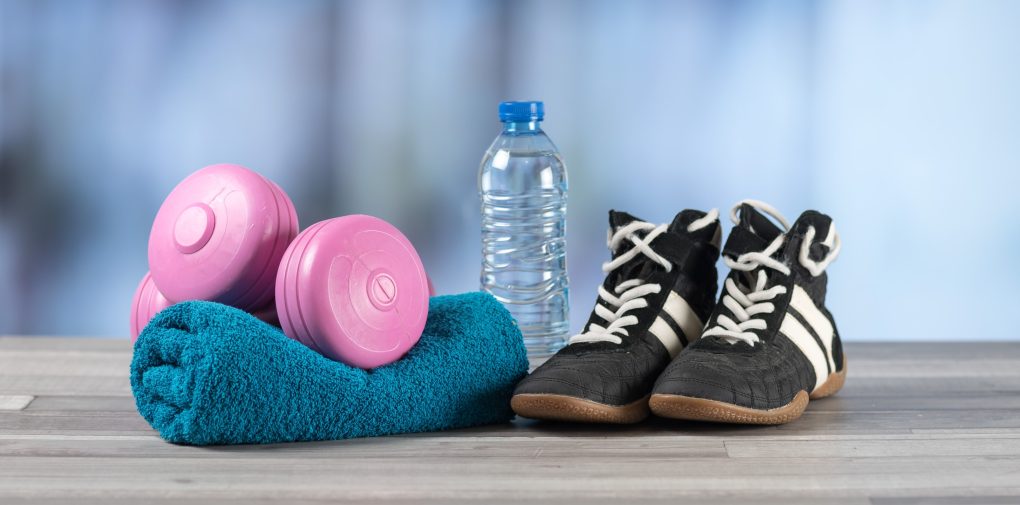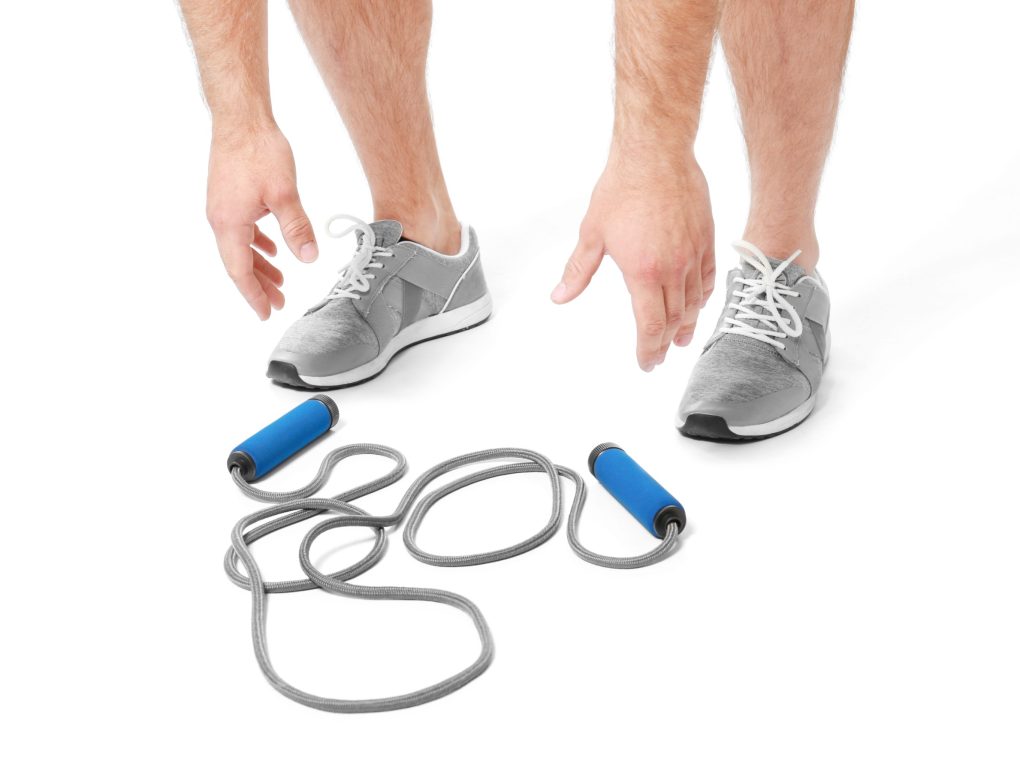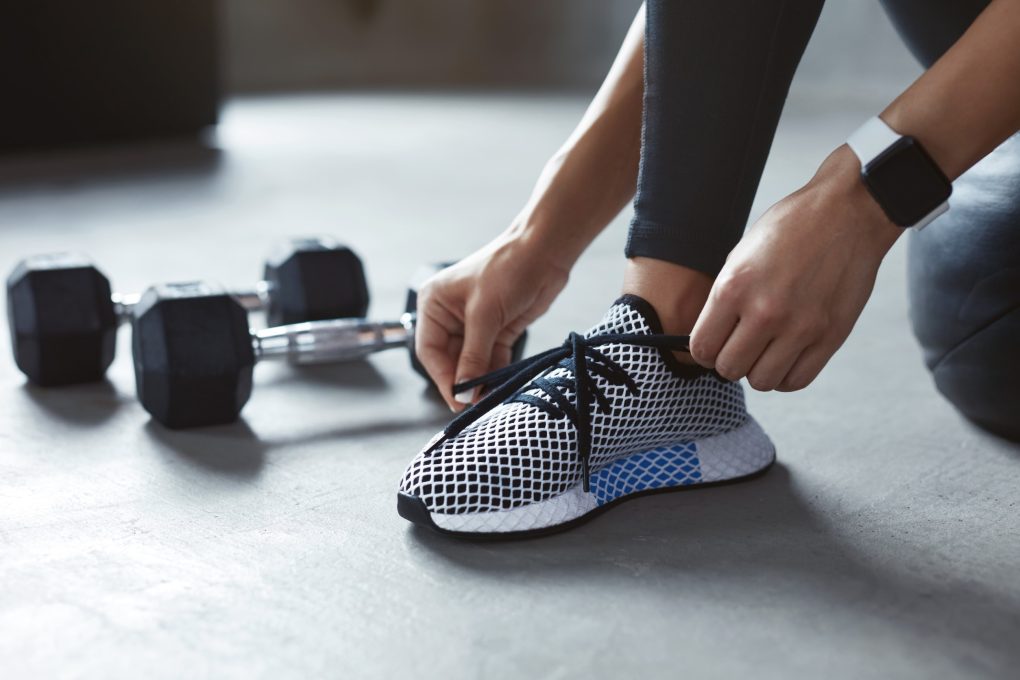Can You Use Training Shoes for Running: A Comprehensive Guide in Using Training Shoes for Running
Yes, you can wear training shoes for running. Training shoes are designed for a variety of physical activities, including running. They typically have a cushioned sole, good support, and flexibility that make them suitable for running.
However, choosing a pair of running shoes appropriate for your specific needs is essential. There are different types of running shoes designed for different types of running, such as trail running, road running, or track running, and it’s essential to choose a pair that is suited to your preferred running surface.


Additionally, different running shoes are designed for different foot types, such as those with flat feet or high arches, and it’s vital to choose a pair that is comfortable and supportive for your foot type.
If you’re starting with running and need more experience, it’s a good idea to consult a salesperson at a running store or a healthcare professional who can help you find a pair of shoes appropriate for your needs.
Training Shoe Characteristics That Make Them Good for Running
Cushioning
Running in shoes with good cushioning can make your foot and ankle feel more supported when you run. This is because shoes with sound cushioning systems absorb impact and distribute it evenly throughout the shoe.
In addition, you want shoes with a soft, flexible, and responsive cushioning system that responds well to your stride so as not to cause discomfort or injury. The shoe heel should be made of rigid material to prevent damage when landing on the ball of your foot.
Weight
The weight of training shoes can vary widely depending on the specific design and features of the shoe. Training shoes are heavier than running shoes and are designed for maximum speed and efficiency. Some training shoes are designed to be lightweight and minimalistic, while others may have more features, such as additional cushioning or support, which can add to their weight.
However, the weight of a training shoe is not necessarily a determining factor in its overall performance or suitability for running. Therefore, it’s essential to choose a pair of training shoes that feels comfortable and supportive to you rather than focusing solely on the shoe’s weight.
Sole
The sole of a training shoe is the bottom part that comes into contact with the ground, typically made of a durable, flexible material such as rubber or a rubber-like compound.
The sole provides traction, support, and cushioning for various physical activities, including running. In addition, it may have features such as grooves, patterns, or other elements that help to improve traction and stability on different surfaces.


Training shoes may have soles with varying levels of thickness and cushioning, depending on the shoe’s specific design and intended use. For example, some training shoes may have a thick, cushioned sole that provides extra shock absorption and comfort. In contrast, others may have a thinner, more flexible sole intended to give a more natural feel and better ground connection.
Things to Remember When Running in Training Shoes
Training shoes provide cushioning and shock absorption, which benefits runners of all experience levels. Even if you plan on walking or doing light cardio workouts, it’s crucial to wear training shoes as they will protect your feet from injury.
While training shoes may not be ideal for long-distance running, they can help you improve your technique and form on soft surfaces such as grass, sand, or a gym floor. It is because they typically have features that help to provide stability and cushioning on these surfaces.
Most stores have different types of sizing for training shoes – buy the right size to fit snugly and provide the best support possible. They should have a narrower-than-normal fit, which will hug your foot as you run.
If you experience pain or discomfort when wearing training shoes, you should stop using them and consult a doctor.
Factors to Consider When Choosing Between Training and Running Shoes
Intended Use
Running shoes are specifically designed for running and are typically more focused on providing speed, efficiency, and performance for this specific activity. For example, they may have features such as a lightweight design, a responsive sole, and a secure fit to help improve your running performance.
On the other hand, training shoes are designed for a broader range of activities and are less focused on performance for any specific activity. For example, they may have more features such as cushioning, support, and flexibility to help make them suitable for various exercises.
Considering the intended use of a shoe can help you choose a pair of shoes appropriate for your needs and the activities you will be doing. For example, choose a pair of running shoes if you are primarily interested in running. In contrast, training shoes are better if you participate in various exercises and need a more versatile, all-purpose shoe.
Foot Type
Different running and training shoes are designed to provide different levels of support, cushioning, and stability. Choosing a pair of shoes appropriate for your foot type is also essential to help reduce your risk of injury and improve your comfort and performance.


If you have flat feet or overpronation (roll inward too much when running), you may need shoes with more stability and support to help correct your gait and reduce your risk of injury. For example, if you have high arches or under pronation (roll outward too much when running), you may need shoes with more cushioning to help absorb shock and reduce joint impact.
Running Surface
Different running surfaces, such as roads, trails, or tracks, can have other characteristics that can affect your performance and comfort while running. For example, if you are running on a road, choose a pair of shoes with a smooth, durable sole designed for this surface. For example, if you are running on a trail, choose a pair with a more aggressive tread pattern that can provide better traction and stability on uneven terrain.
Choose a pair of shoes appropriate for the surface you will be running on. This can help to improve your performance, reduce your risk of injury, and keep you comfortable while running.